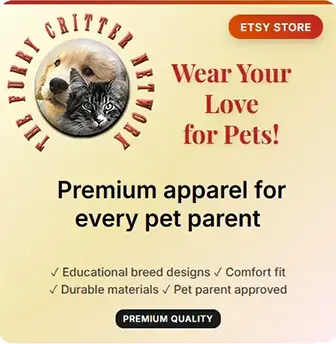The Snowshoe coat requires minimal maintenance despite the breed's striking appearance, making grooming one of the easiest aspects of caring for these beautiful cats. Weekly brushing with a soft brush or grooming mitt removes loose hair and distributes natural skin oils maintaining the coat's sleek, glossy appearance. The short to medium-short coat with minimal undercoat stays remarkably clean through the cats' excellent self-grooming. Most Snowshoes tolerate grooming well, and many enjoy the attention, making weekly sessions pleasant bonding opportunities.
The coat texture is short, smooth, and resilient, lying close to the body and emphasizing the muscular build. The single-layer coat without heavy undercoat feels silky to touch, creating a sleek appearance. This fine coat requires minimal care to maintain its natural sheen and rarely develops mats or tangles. The lack of dense undercoat means grooming is straightforward and quick, taking just minutes weekly to maintain the coat in excellent condition.
The distinctive markings that define Snowshoes combine pointed coloring with white markings creating complex, beautiful patterns. Point colors recognized in the breed include seal point (dark brown points), blue point (gray-blue points), chocolate point (milk chocolate points), and lilac point (pale gray points). These darker colors appear on the mask, ears, lower legs, and tail, while the body remains lighter - cream to fawn depending on point color. The contrast between points and body color creates the classic pointed pattern.
The defining white markings include white paws on all four feet, ideally forming symmetrical "boots" or "snowshoes." On front paws, white should ideally stop at or just beyond the ankle. On hind legs, white may extend higher, sometimes reaching the hocks. Perfect symmetry is rare and highly valued in show cats, though pet-quality Snowshoes may have asymmetrical markings. Additionally, an inverted V-shaped white blaze extends from the muzzle up between the eyes, creating distinctive facial markings. White chest markings or bibs extending from the chin add to the pattern.
No two Snowshoes have identical markings due to the variable expression of white spotting genes. Even littermates show different marking distributions. This uniqueness means each Snowshoe is visually distinctive, with individual personality reflected in unique appearance. Some cats have more extensive white while others show minimal white beyond the basic pattern. All variations are accepted in the breed as long as the basic requirements of white paws and pointed pattern are present.
Eye color must be vivid, brilliant blue - the only acceptable eye color in Snowshoes. The depth and intensity of blue coloring is highly valued, with deeper, more vibrant blue preferred over pale or washed-out tones. The blue eye color results from the same genetic factors producing the pointed pattern, linking these defining characteristics. Kittens are born with blue eyes that deepen and intensify as they mature, achieving full adult color by one year though continuing to deepen throughout life.
Kittens are born relatively white with markings developing gradually over time. Point colors darken over the first weeks and months, with full adult coloring developing by one year though continuing to deepen with age. Body color also darkens slightly over time, particularly in cooler climates. This gradual color development is normal and expected in pointed breeds, with the full beauty of markings and coloring not apparent until cats reach maturity.
Seasonal shedding is minimal compared to double-coated breeds. Snowshoes shed year-round at low levels, with spring and fall seeing slight increases but nothing dramatic. The fine, short coat produces minimal loose hair compared to heavily coated breeds. Regular weekly brushing easily manages their modest shedding. Their low shedding makes them relatively practical for households concerned about cat hair, though white hair is visible on dark surfaces.
Bathing is rarely necessary for Snowshoes, as their short coat stays clean through excellent self-grooming. Most individuals only require baths if they encounter something particularly messy or for show preparation. When bathing is needed, use gentle cat shampoo formulated for short coats. The coat wets and dries quickly compared to heavily coated breeds, making bath time straightforward when necessary. Many Snowshoes tolerate baths better than typical cats due to their reduced fear of water.
Additional grooming tasks include nail trimming every two to three weeks to prevent overgrowth. The white paws make nail color visible, with some nails being white and others dark depending on underlying pigmentation. Check ears weekly for wax buildup, cleaning gently with cotton balls and veterinary-approved ear cleaner when needed. Dental care is important, with daily tooth brushing recommended using cat-specific toothpaste and soft brushes. Regular grooming sessions provide opportunities to check for health issues while satisfying Snowshoe needs for interaction with their people.

